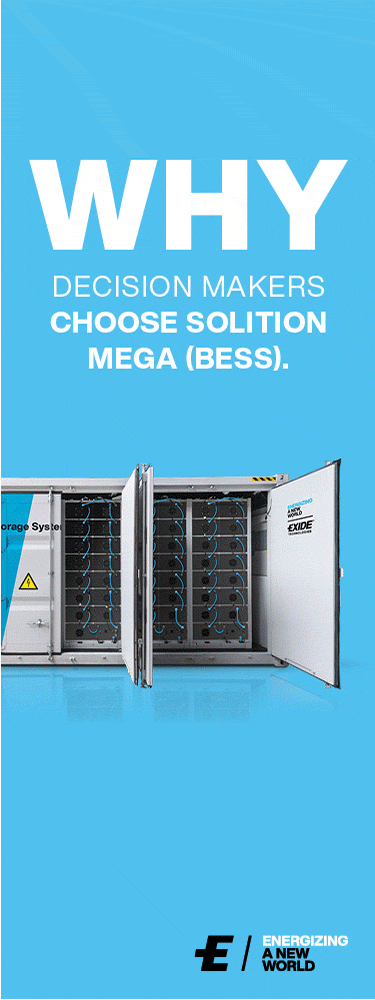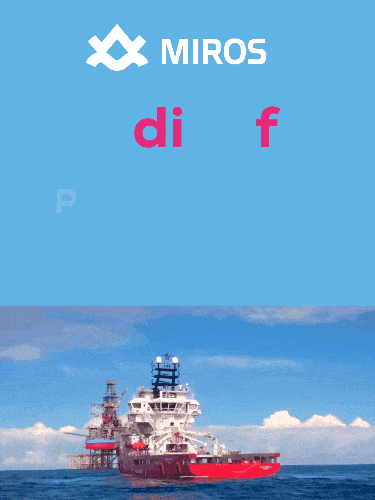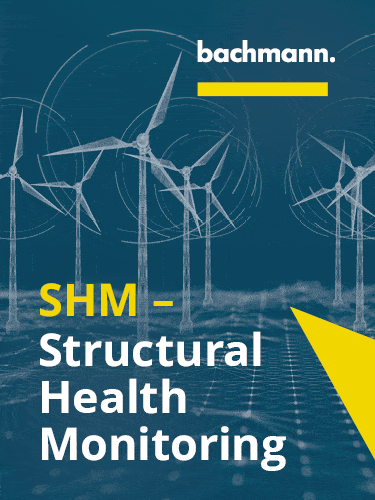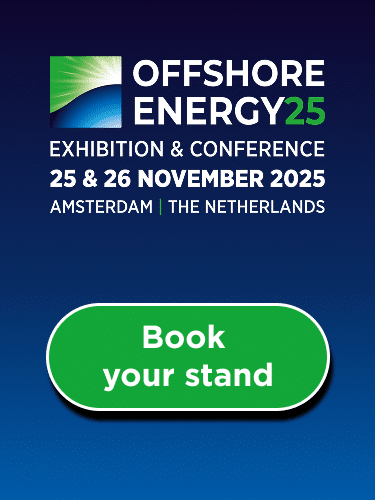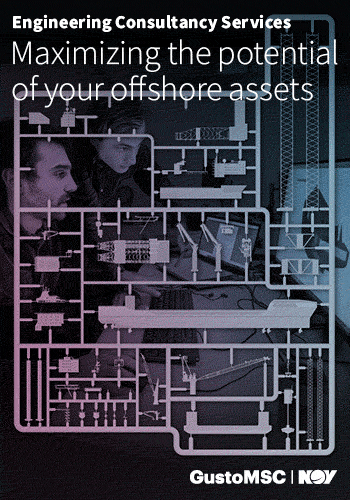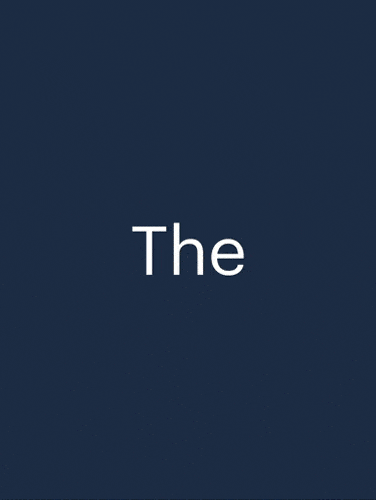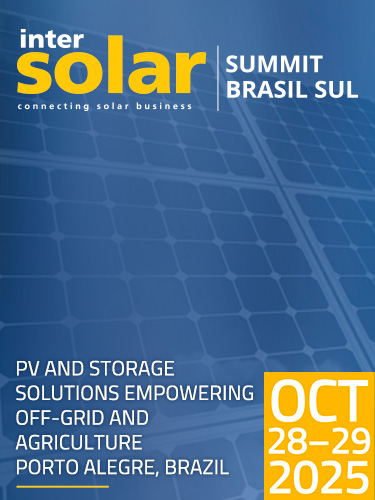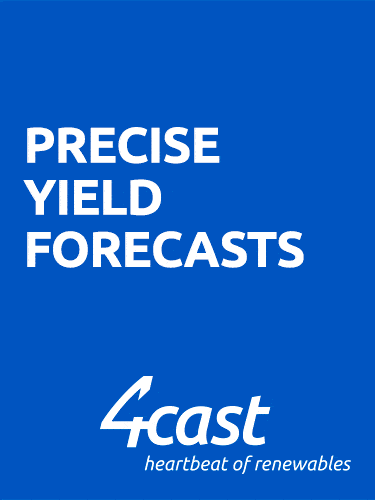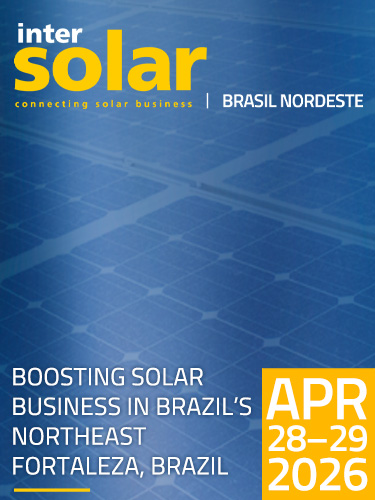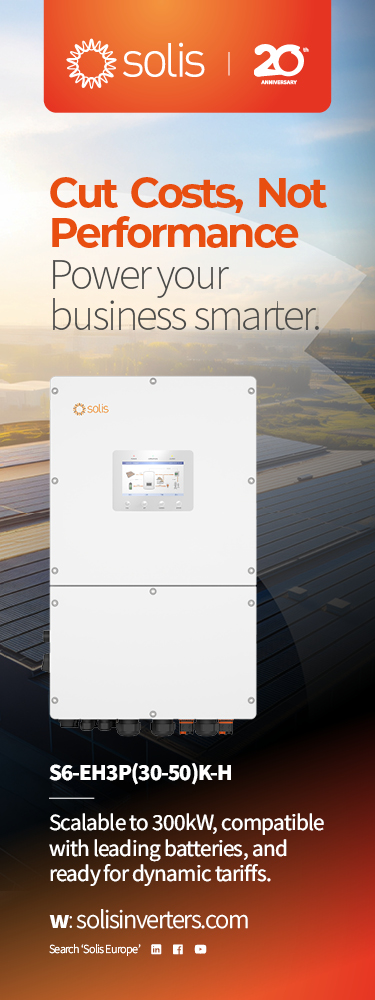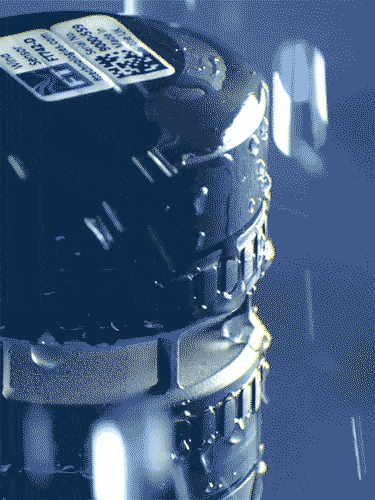News
The fastest laser cleaning system: QF-2000
New rules – New needs
As sustainability demands are becoming more stringent, more and more companies in big industrial sectors are looking for alternative surface cleaning systems. Laser cleaning offers a solution that does not require intermediates, such as chemicals, water/ice or sand. As a result, laser cleaning has the lowest possible impact on the environment compared to traditional cleaning methods.
Nowadays, laser systems are being successfully adopted in different applications and sectors. However, seeing the relatively slow speed of the laser compared to the grid or sandblasting, it has been clear that higher laser powers are in demand. The need for more power seems to be more urgent in certain areas like mining, train and railway building, nuclear industry, military aviation and shipyards.
In 2021 P-Laser got contacted by a big client in the ship repair and shipbuilding industry. In the process of ship renovation, an old coating has to be stripped prior to welding or repainting. The company was looking into ways to optimize current processes by using greener and faster technology. The needle gun method that was used at that time was time-consuming, not convenient to use for long hours, and quite hazardous because of the waste produced. It became obvious that laser technology is more cost-effective, safer and environmentally friendly. To meet the requirements of the client, P-Laser took up the challenge to build a system with the biggest Watt output ever built.
What’s behind the big size?
The 2000 Watt machine is a natural evolution of our previous 500 and 1000 Watt QF series.
QF-2000 has twice the number of energy bullets to shoot at the surface compared to a 1000 Watt machine, which results in a higher surface cleaning speed. The system has two separate closed circuit chillers to cool the laser in a constant temperature regime.
P-Laser’s team of engineers changed the laser source from a rack to a cabinet version. The laser source itself requires no maintenance – it is completely different from the classic YAG type laser where you need a few days of maintenance provided by a laser specialist every year. That is definitely not the case with fibre lasers. Maintenance is limited to changing air and water filters only, cleaning the lens and adding some cooling water.
The dimensions of QF-2000 are impressive compared to our 1000 Watt trolley system. However, it still remains a completely mobile system. We integrated a towing system and forklift pockets to ensure easy transportation and lifting of the machine.
One more remarkable surprise of QF-2000: advanced design with integrated accessory compartments – there is no more need to worry about where to put goggles, lens cleaning set, I/O connectors or other accessories.
A lesson in physics: laser cleaning by P-Laser patent
You start with a laser source generating a train of pulses through an optical fibre. These pulses exit the fibre through the optical head and emerge as a conical light beam. This beam is deflected on two mirrors by our own cleaning software (Cleansweep©). The way we distribute the pulses on the surface is the specific know-how covered by a P-Laser patent.
In one second we are shooting 10.000 pulses, with every pulse containing an enormous amount of energy in an extremely short time delay. One pulse has a duration of 100 nanoseconds or 100 million of 1 second. When this light bullet hits the surface, it transfers a certain quantity of energy to the surface and creates a cleaning effect. In this way, organics are decomposed by the sudden heat impact, and oxides are crimped off the surface. We use a suction system to capture the dust particles and the fumes coming from the surface-laser interaction. Laser cleaning is an effective cleaning method in comparison with other technologies where the carbon footprint is shockingly high.
The laser light that is used is infrared and invisible to the human eye. We only see the reaction light of the process at the surface. By analysing the reaction light (CleanSense P-Laser patent) we can track the cleaning status of the surface. Industrial clients benefit from this process optimisation as it has the shortest possible cycle time.
Every material to be removed has specific characteristics to absorb the infrared laser pulses. This can be tested in our FabLab. Specific settings for each application can be saved in the software and the system and easily applied when needed.
Future of industrial cleaning
With more sustainability requirements being enforced every year, manufacturers are pressured to go green and lower the global carbon footprint. Being used to general cleaning technologies like blasting and chemicals can be a serious obstacle. Although it might be quite challenging to switch the existing processes, the future evolution of industry 4.0 and the need to control every step in your production process require dedicated solutions. That’s when lasers become your partner number 1. A laser process will demand some settings and calibration but once it is done, laser systems run day and night. P-Laser machines are known to run for at least 4 years with no problem.
Higher market demands for this technology will lower the investment price of the lasers. Seen low operational costs being significantly reduced, more and more industrial players are expected to adopt laser technology in the nearest future.


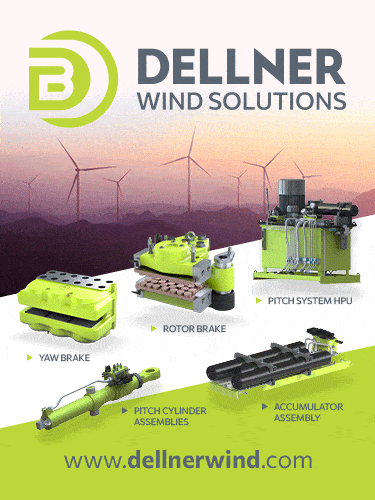

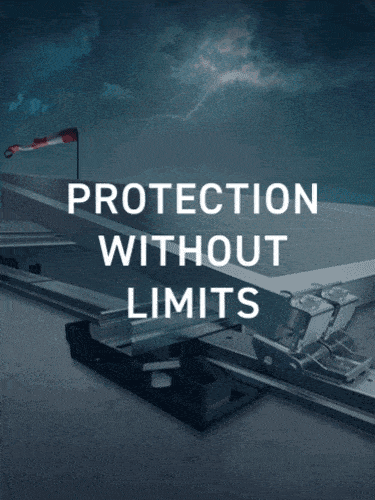
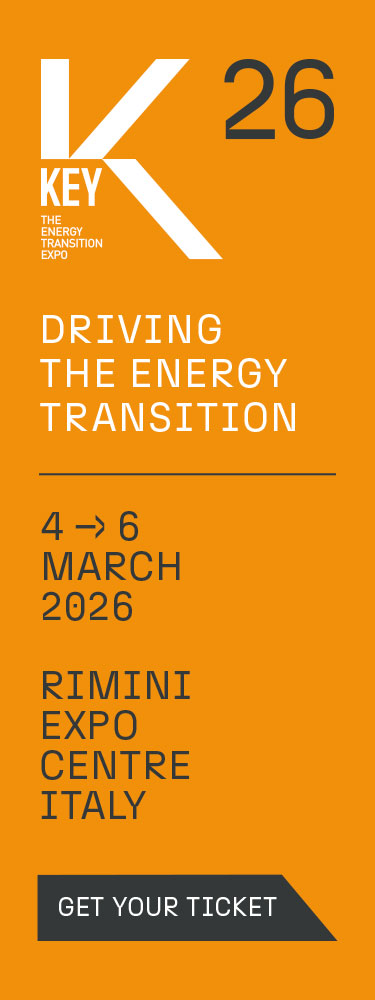
.gif)
